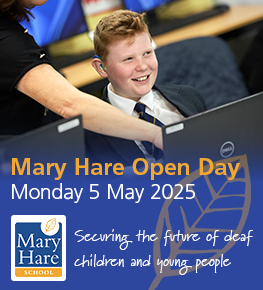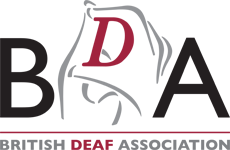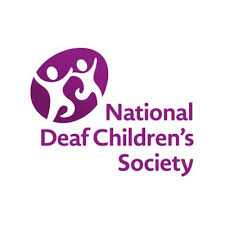3a. Know about personal amplification
Deaf Children and Young People (DCYP) and families know
- what personal amplification equipment they have and why
- what the equipment and its component parts are called
- what amplification is on offer to them
- the potential benefits and challenges with personal amplification
- what is required to care for equipment and ensure optimal working
- which programmes can be available/what features can do how to use equipment and are aware of potential hazards
- how to access further support and information from a range of sources
- how they can personalise and accessorise their equipment.
- BCIG – British Cochlear Implant Group
- NDCS – Hearing Aids: Information for families
- NHS – Hearing aids and implants
- RNID – Hearing aids
- PUD (Personal Understanding of Deafness)
- BATOD Audiology Refreshers
- NatSIP – Targets for Independent Management of Audiological Equipment
- Local hearing aid management checklists (based on the NatSIP resource)
- Specific personalised information from the audiology department
Next pages
3b. Know about other technology for access to sound
3c. Engage with audiology services and understand audiological information
3d. Understand aetiology (cause) of deafness
3e. Knowledge of acoustics and the impact on listening
Previous sections
Section 1 Deaf identity
Section 2 Communication, language, and literacy
Next sections
Section 4 Social, emotional, physical, and mental health
Section 5 Manage change
Section 6 Preparation for adulthood
Section 7 Specialist assessment and monitoring




